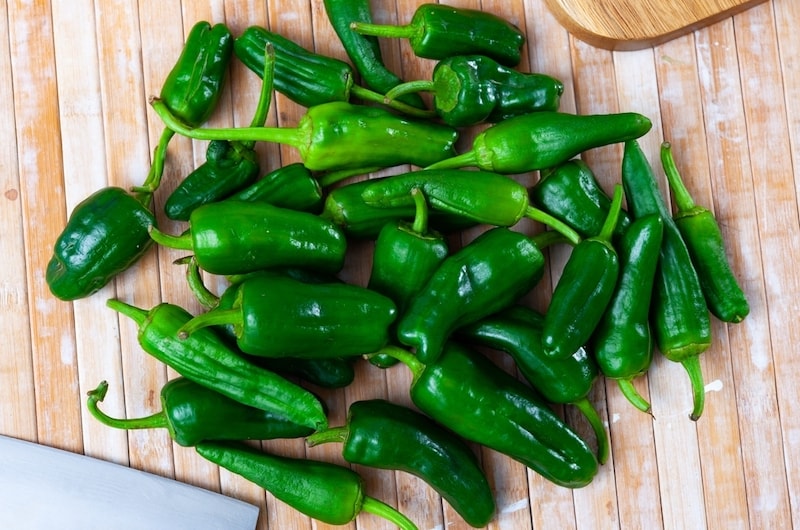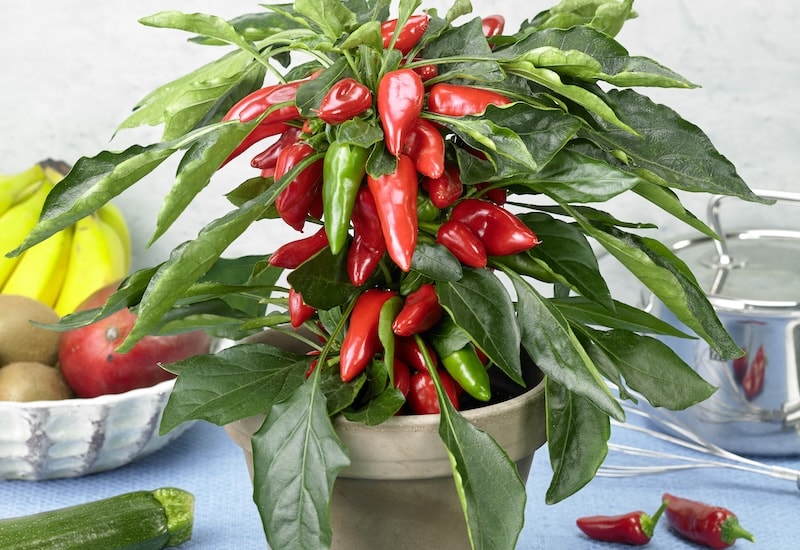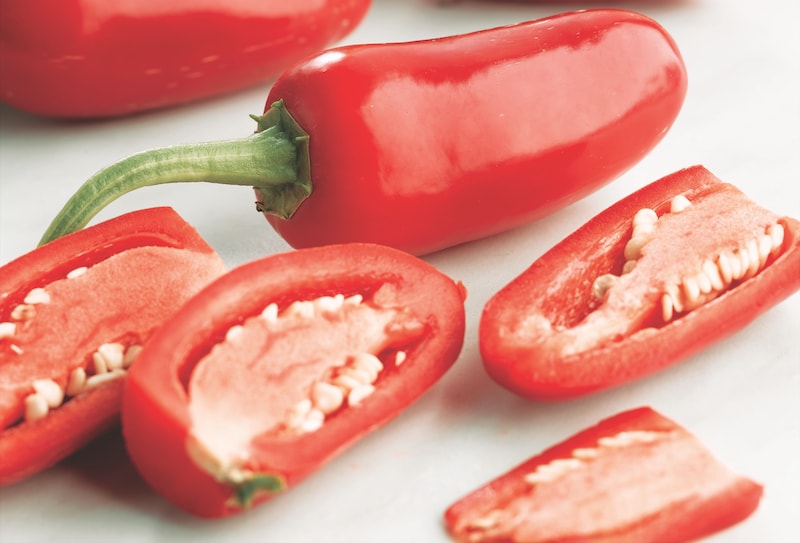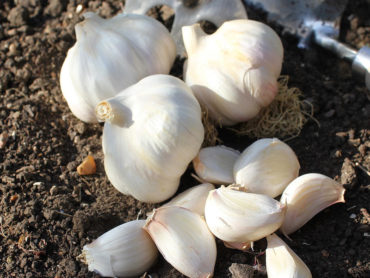If you’ve always fancied sowing chilli pepper seeds to raise your own homegrown crop, our handy guide gives you all the information you need. From growing and caring for your chillies through to harvesting the fiery fruits, here’s everything you need to know about growing your own red hot chilli peppers.
This article was reviewed by the Suttons horticultural team and updated on 11th January 2024.
What are chillies?
Hailing from South America, chillies are a type of capsicum and, along with potatoes, tomatoes, and aubergines, are a member of the ‘nightshade’ plant family. Known for their spicy taste, chilli heat is measured on the Scoville scale and varies from the mildest of warmth though to the sort of eye-watering taste inferno that nightmares – and world records – are made of. Here are some fun chilli facts:
- The most effective way of cooling down the heat after eating a hot pepper is by eating or drinking dairy products such as milk, yoghurt or ice cream.
- Peppers contain more vitamin C than citrus fruits such as oranges, lemons and limes.
- The heat of a chilli actually comes from the placenta – the fleshy strip that attaches the seed to the fruit, rather than the seed itself.
- Eating chillies causes the brain to release endorphins, making them the ultimate ‘feel-good’ ingredient.
- In early civilizations, the Incas, Mayans, and Aztecs used chilli peppers as a currency.
Holding a Guinness World Record, the Carolina Reaper is the world’s hottest recorded chilli pepper, measuring an eye-watering 2.2 million on the Scoville scale. It has a surprisingly fruity taste with a mixture of chocolate and cinnamon before the heat kicks in. Being the hottest pepper in the world, the Carolina Reaper should be handled with extreme care – always wear gloves when touching this devilish fruit.
Where to grow chillies

Image: Chilli Pepper ‘Jazz’ F1 from Suttons
Chillies perform best in a greenhouse but will also produce a good crop on a bright window ledge or in a sunny sheltered location outdoors.
If you choose chilli plants (rather than seeds), it’s important that you give them a quick check over upon receipt. Make sure the compost is moist and, if necessary, stand the pot in a saucer of water to a depth of about 5 mm for 5-10 minutes until the roots absorb the fluid and the surface of the compost is damp. Stand the plant in a warm, light, airy place and keep the compost moist as your chilli grows.
Once your plant has acclimatised to the conditions, move it to its final growing position in a greenhouse, on a sunny, sheltered patio, or on a windowsill. Alternatively, plant chillies as an attractive edible border plant.
Growing requirements for chillies vary greatly – Carolina reapers, for example, require the heat of a greenhouse to achieve an excellent harvest. Hardier varieties like Chilli Grafted Plant – F1 Medina can be planted outside from April through to June and, because of its grafted rootstock, grows strongly and is pest and disease resistant. Best of all it generates lots of delicious chillies from July to August.
Growing chillies from seed

Image: Shutterstock
Growing chillies from seed is a satisfying process that should begin in February or March. Simply plant your chilli seeds into small pots or a heated propagator filled with a general purpose compost and cover with a little soil or a fine layer of vermiculite, and water in. To germinate, consistent warmth – around 21C is ideal. If you don’t have a propagator, plant your seeds into small pots, put a clear sandwich bag over the top of each one and fasten it in place with an elastic band. This traps the heat and raises the humidity. Keep them on a sunny windowsill.
Once your seeds have germinated, remove them from the propagator or whip the plastic bags off your pots and allow your seedlings time to grow larger at an ambient temperature of 16-18C. When they’re about an inch or so high, move them into small pots (if not already in them) and continue growing them on.
Caring for chilli plants

Image: Chilli Pepper ‘Galaxy Red’ (Mild) from Suttons
When you’re growing chillies in the greenhouse, all the normal hygiene and ventilation rules apply. Make sure your plants get plenty of light and that there’s enough room around the foliage for good air circulation. Keep an eye out for signs of plant stress or disease and remove affected leaves as soon as you see them.
Chillies should be potted on once they reach around 20cm in height, this time into a 5” or 13cm pot, and then repotted when they’re about a foot high, this time into a 9” or 22cm pot. When your plants reach a foot in height, you may also want to nip out the growing tips to encourage a bushy habit and lots of fruit. Depending on the variety, chillies can grow to a metre or more in height, but by restricting the size of the pot and causing them a little stress, you can enhance heat and flavour.
Water your chillies regularly, making sure they never dry out and stake any plants that look like they need it – a single cane will do the trick. As the tiny fruits begin to form, apply tomato feed on a weekly basis.
You’ll know when your chillies are ripe and ready to pick when they reach a nice rich, even colour. Either pick them and process them as they ripen, or try drying some. Be careful when handling chillies – wear gloves and avoid rubbing your eyes.
Growing your own chillies is a wonderfully rewarding hobby and definitely adds a certain kick to your cuisine. If you’d like to know more about growing your own fruit and vegetables, do check out our growing guides where you’ll find plenty of practical advice.
Lead image: Pepper Chilli Seeds ‘Jalapeno’ from Suttons
Last Updated on December 24, 2024 by Suttons Horticultural Team




